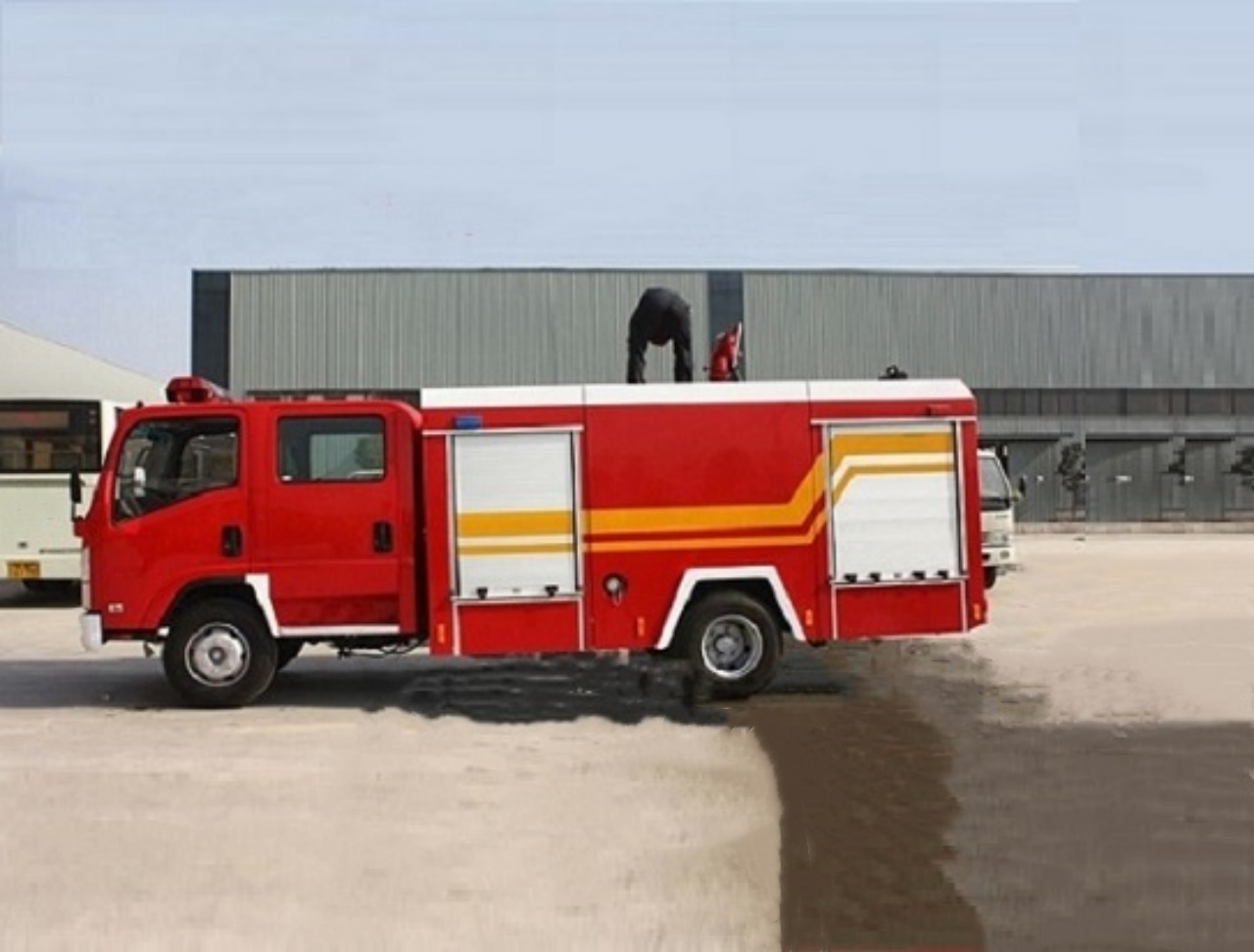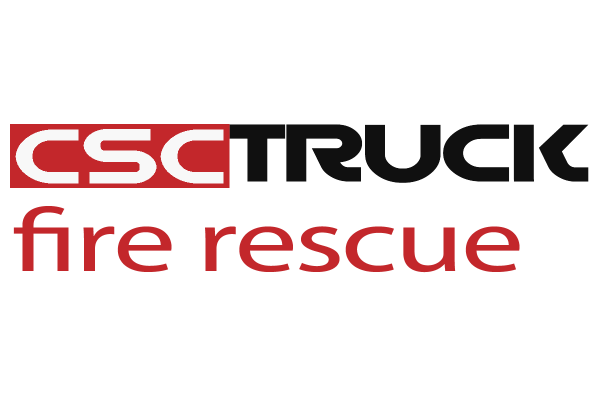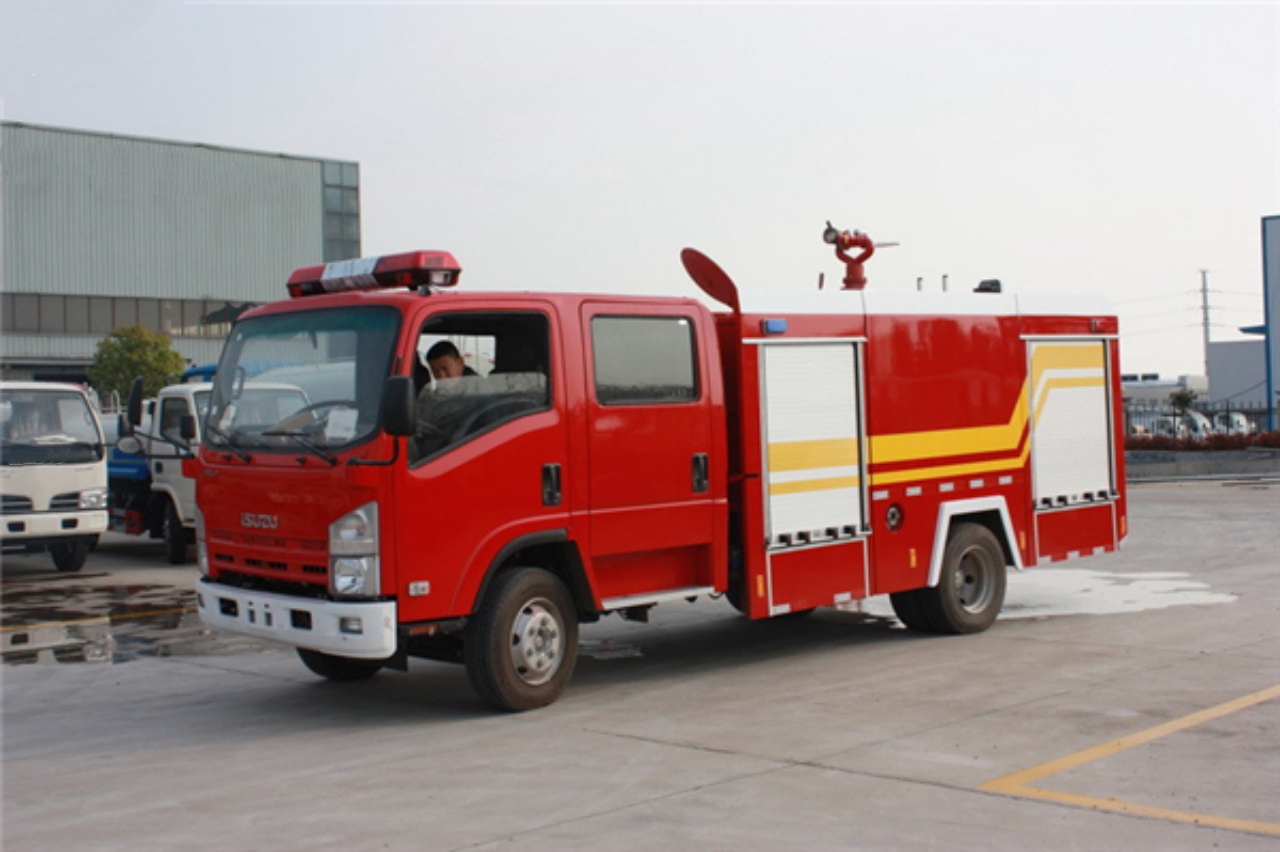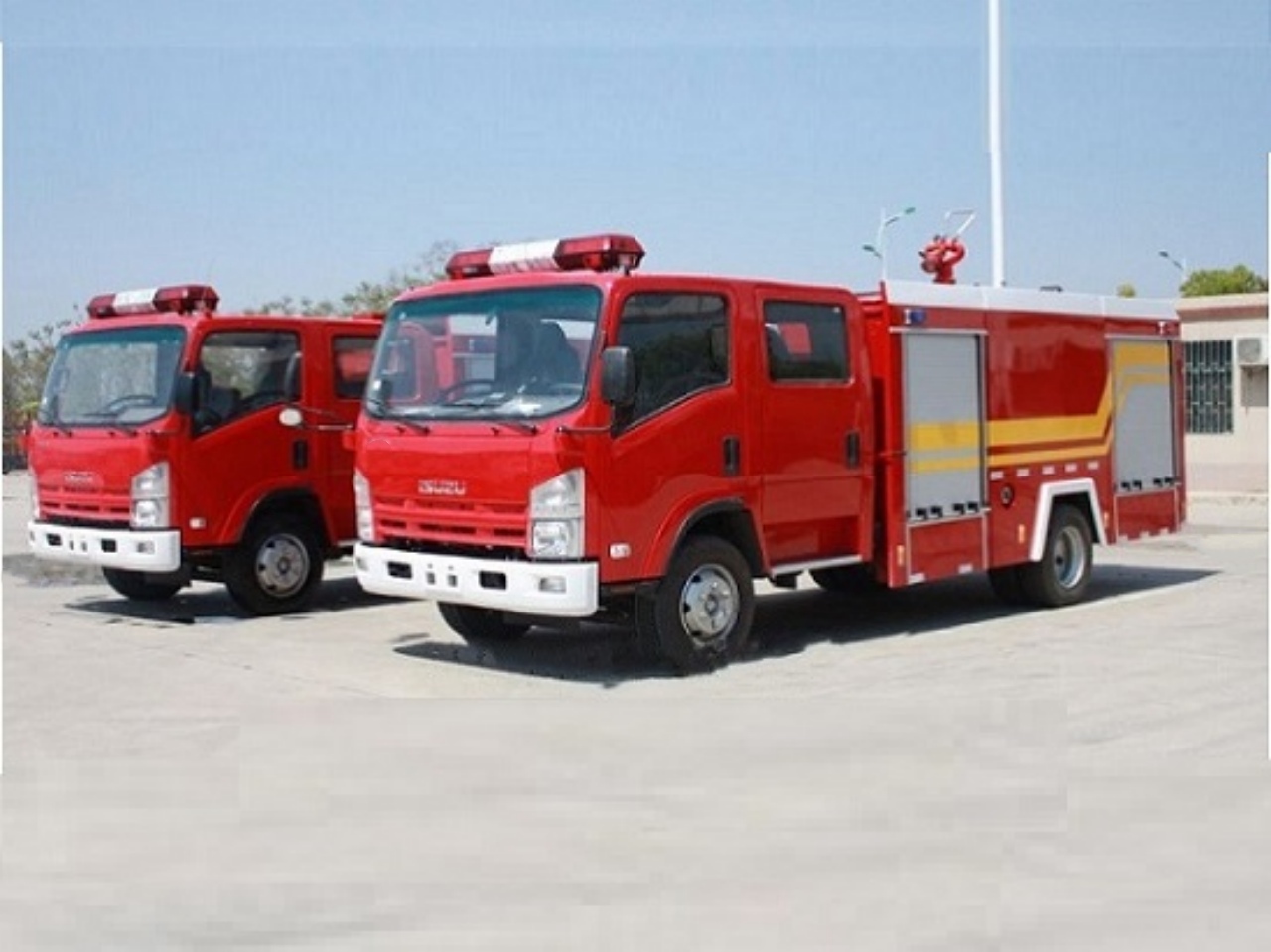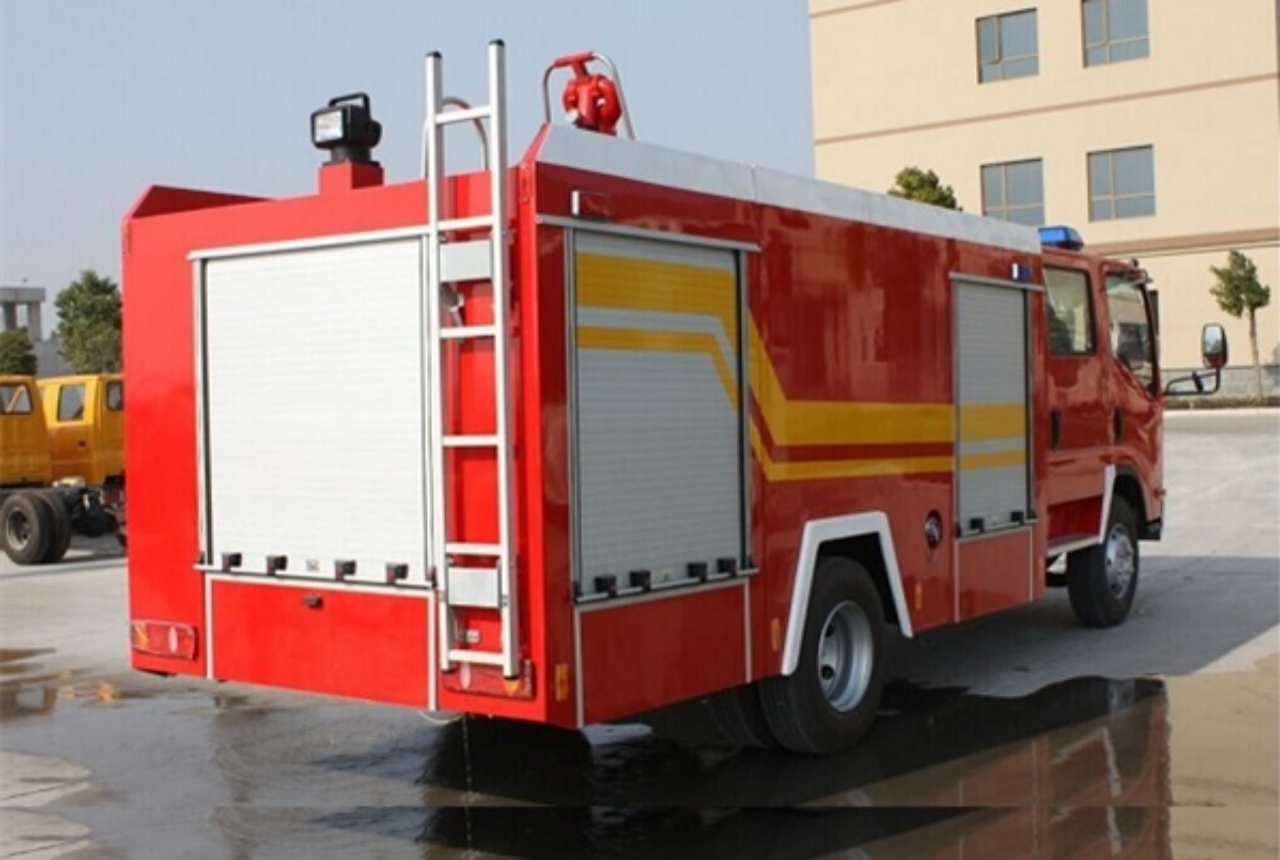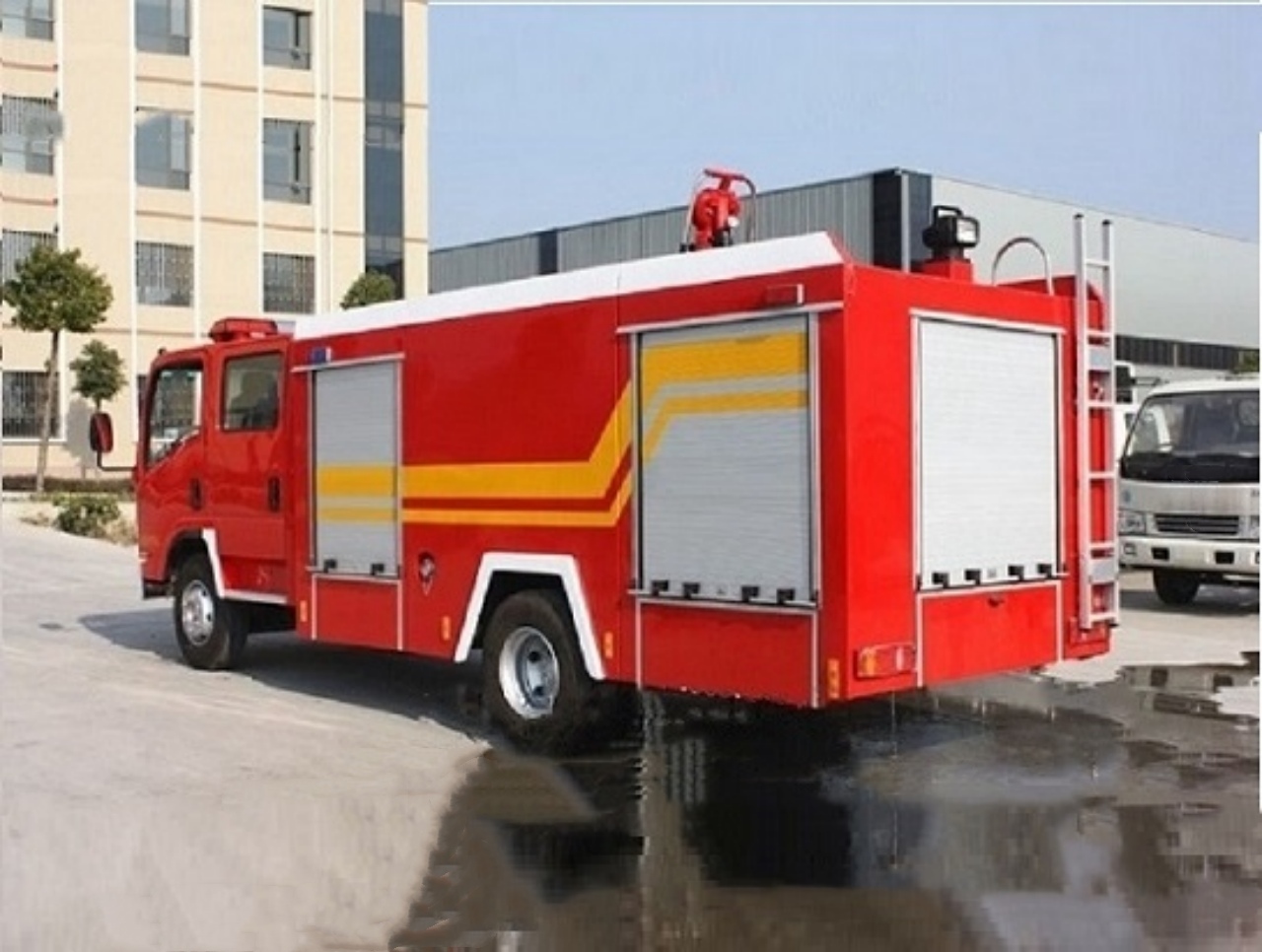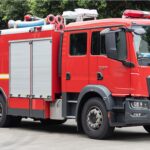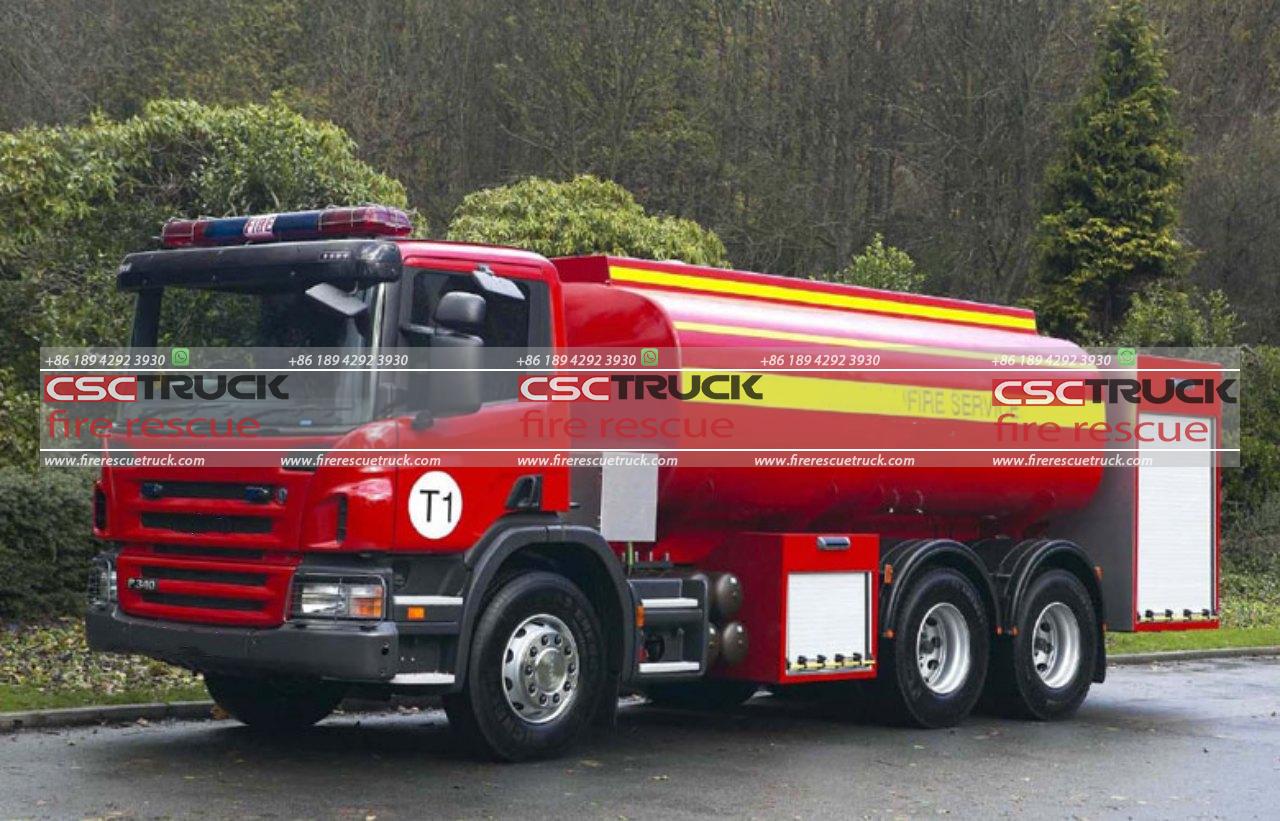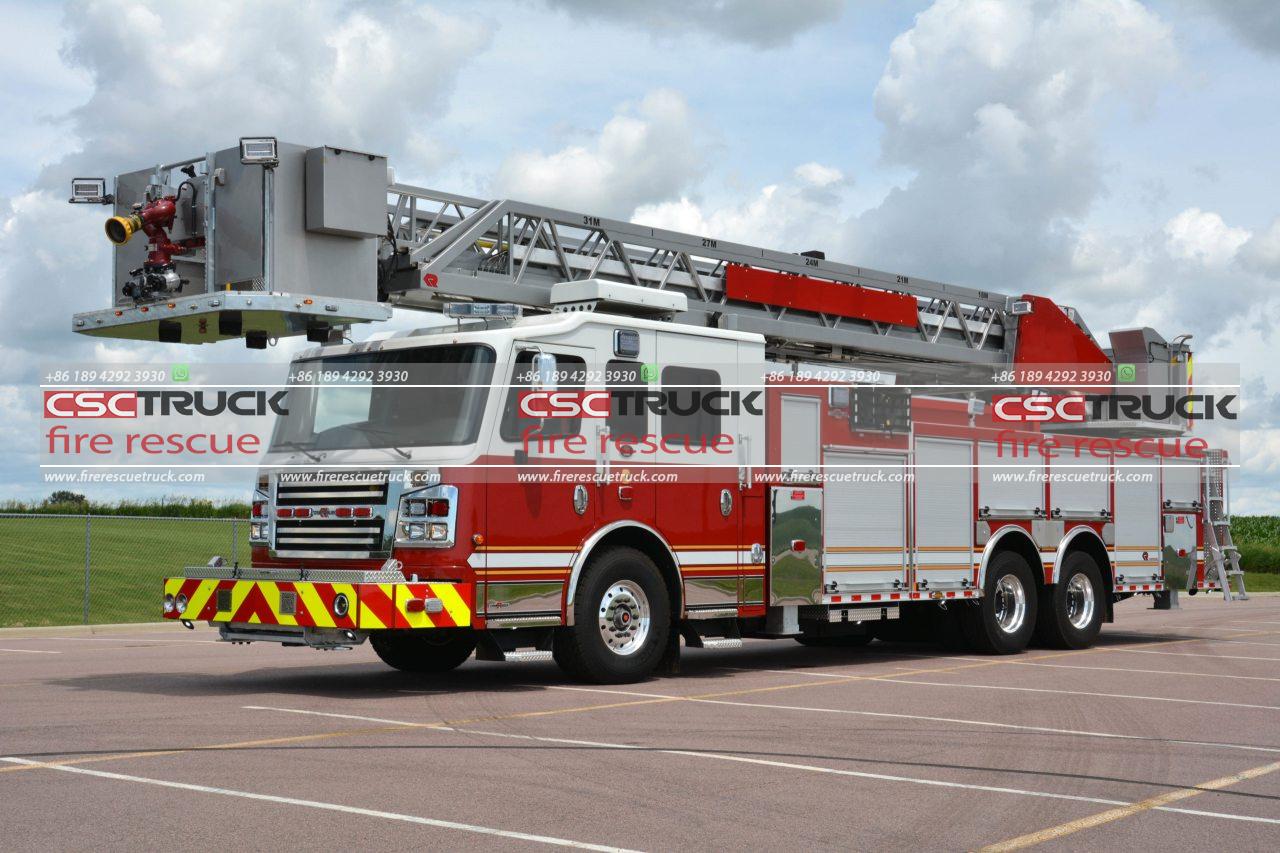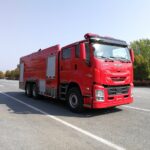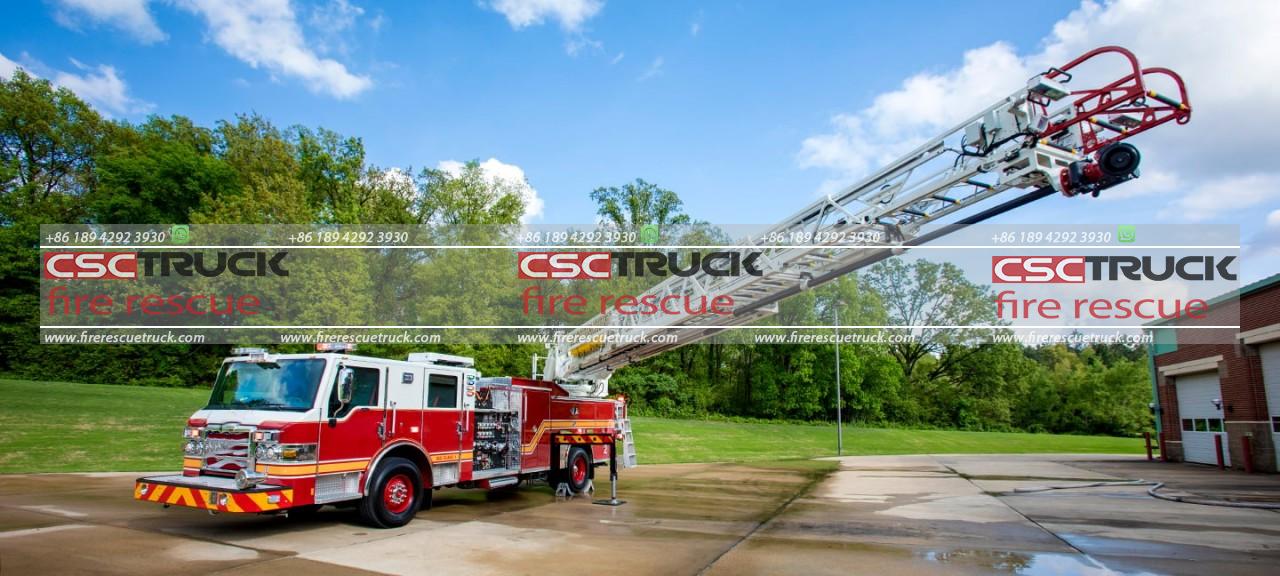In the realm of firefighting, speed, efficiency, and equipment reliability can make the difference between disaster and containment. Among the critical assets in any firefighting fleet is the water fire truck—a mobile water supply unit capable of supporting fire suppression efforts across a range of environments. Whether in densely populated cities or sparsely inhabited rural areas, a reliable water fire truck is a cornerstone of effective firefighting operations.
The Role of Water Fire Trucks in Firefighting
Water fire trucks, commonly known as water tenders or fire tankers, serve as portable water sources for firefighting. These trucks are especially vital in areas where fixed hydrant infrastructure is unavailable or limited. Their primary function is to transport large volumes of water to the scene of a fire and either deliver it directly through hoses or supply it to other firefighting apparatus.
They come equipped with a water tank, a powerful pump, hose reels, and nozzles, along with storage compartments for firefighting tools and safety gear. Some models also include foam systems for suppressing chemical or oil fires.
Key Features of a Reliable Water Fire Truck
To be considered “reliable,” a water fire truck must consistently perform in a variety of demanding conditions. Here are the key characteristics that define such a truck:
1. Robust Water Storage and Delivery System
A reliable water fire truck typically carries between 2,000 and 5,000 liters (or more) of water. It is equipped with high-capacity pumps (often ranging from 500 to 2,000 liters per minute) that allow for rapid and efficient water discharge. Modern pumps also support dual operations, enabling simultaneous pumping and refilling.
2. All-Terrain Capabilities
Fire incidents do not occur in convenient locations. A good fire truck must perform equally well on paved city roads and uneven rural terrain. This is why many trucks feature 4×4 drivetrains, reinforced suspension, and off-road tires to ensure stability and mobility in all conditions.
3. Advanced Safety and Control Systems
Reliable fire trucks include automatic pressure regulators, electronic pump control panels, and thermal protection systems. These features protect both the machine and the personnel during prolonged firefighting activities.
4. Durable Construction
Constructed from corrosion-resistant stainless steel or polypropylene, modern tanks can endure extreme heat and chemical exposure. Additionally, the body is reinforced with aluminum or composite materials to reduce weight while maintaining structural integrity.
5. Comprehensive Equipment Storage
Aside from water and hoses, a fire truck must carry tools like axes, halligans, rescue saws, and breathing apparatus. Well-designed compartments with secure locking systems ensure quick and safe access to tools during emergencies.
Urban Firefighting Needs
In urban areas, firefighting operations require quick response times and navigational agility due to traffic congestion and narrow streets. Hydrant networks are generally available, but not always reliable or sufficient during major incidents.
Urban water fire trucks are typically:
- Compact and maneuverable, built on a medium-duty chassis.
- Designed for high-pressure water delivery for rapid knockdown.
- Equipped with communication and GPS systems for fast dispatch and coordination.
They may work in tandem with aerial ladder trucks or rescue trucks, focusing primarily on suppressing flames and preventing fire spread to adjacent structures.
Rural Firefighting Challenges
Rural and wildland firefighting presents a different set of challenges. Fires often occur in remote areas with no access to water mains. Distance from fire stations also increases response times, making self-sufficiency a critical feature of rural fire trucks.
Reliable rural water fire trucks must:
- Carry larger water tanks (up to 10,000 liters or more).
- Have enhanced off-road capabilities to access farms, forests, or hillsides.
- Be equipped with portable pumps and collapsible tanks to support water shuttle operations.
Often, rural fire departments use dual-purpose vehicles that can handle both structure and wildland fires.
Integration with Firefighting Strategy
Reliability isn’t just about hardware—it’s also about how well the truck integrates into the overall fire suppression strategy. This includes:
- Quick-deployment hose systems for rapid attack.
- Interoperability with other emergency vehicles through standard couplings and fittings.
- Smart water usage, using foam or CAFS (Compressed Air Foam Systems) to extend the effectiveness of limited water supplies.
Trucks also serve in mutual aid operations, where they may be dispatched across jurisdictions. Thus, compatibility and reliability under varied operational standards are essential.
Technological Innovations
Modern water fire trucks incorporate several innovations that enhance reliability and functionality:
- Telematics and Remote Diagnostics: Monitor engine, pump, and tank performance in real time.
- Hybrid and Electric Drivetrains: Reduce environmental impact and increase efficiency.
- Thermal Imaging Cameras: Assist in locating fire hotspots, particularly useful during wildfires or night operations.
- Modular Designs: Allow trucks to be configured for specific needs, whether urban, suburban, or rural.
These technological advances not only improve reliability but also extend the truck’s operational life and ease of maintenance.
Maintenance and Crew Training
Even the best-designed water fire truck requires regular maintenance and proper crew training to remain reliable. Maintenance schedules must include:
- Pump testing and calibration.
- Tank and hose inspections for leaks or damage.
- Electrical system diagnostics.
- Brake and suspension checks, especially for trucks used in rural terrains.
Meanwhile, crew members must be trained not only in basic operations but also in troubleshooting common equipment failures under field conditions.
Economic Considerations
For many fire departments, especially in developing regions or volunteer-based services, cost-efficiency is crucial. A reliable truck must offer:
- Long service life with minimal downtime.
- Low operating costs through fuel efficiency and durable components.
- Easy parts availability for routine maintenance and repairs.
Manufacturers often provide custom-built options to suit specific budgets, without sacrificing essential performance.
Conclusion
The reliable water fire truck stands as a pivotal asset in any firefighting arsenal. Whether combating a multi-storey blaze in a busy city or containing a brush fire in a remote village, this vehicle ensures that firefighters have the water, tools, and mobility they need to save lives and property.
As technology continues to evolve, so too will the capabilities of fire trucks. Yet the core requirement remains unchanged: Reliability under pressure. Investing in high-quality, well-maintained water fire trucks means more than just buying equipment—it means strengthening the very foundation of fire safety for communities everywhere.
